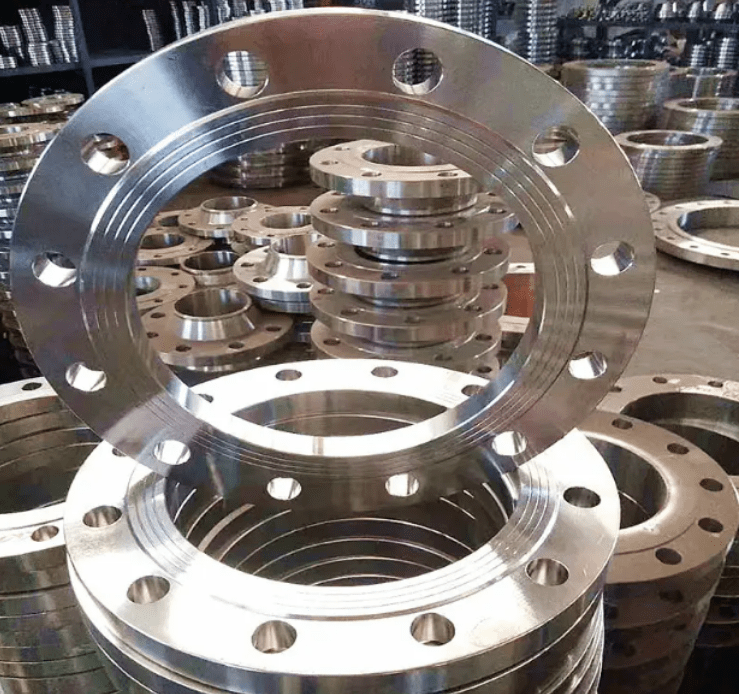Inconel® 686, a nickel-based superalloy, has been a staple in the world of high-performance materials for decades. Its unique composition and exceptional properties have made it a preferred choice for numerous critical applications across various industries. In this article, we will delve into the composition, properties, and uses of this remarkable alloy.

Inconel® 686 Alloy – Composition, Properties, and Uses
Composition
Firstly, let’s explore the composition of Inconel® 686. The alloy is primarily composed of nickel, with significant amounts of chromium, iron, and molybdenum. The nickel content provides the alloy with its corrosion resistance, while the chromium and molybdenum enhance its resistance to oxidation and various corrosive environments. The addition of iron and other trace elements further tailors the alloy’s properties, making it suitable for specific applications.
Properties
The properties of Inconel® 686 are truly exceptional. It exhibits excellent resistance to oxidation and corrosion, even in highly aggressive environments. This alloy maintains its mechanical properties over a wide range of temperatures, from cryogenic to extremely high temperatures. Its high strength and ductility, combined with its good fatigue and creep resistance, make it a reliable material for demanding applications.
One of the most notable properties of Inconel® 686 is its excellent weldability. This alloy can be welded using various techniques, such as gas tungsten arc welding (GTAW) and gas metal arc welding (GMAW), with minimal risk of weld cracking or other welding-related issues. This welding friendliness allows for easy fabrication and repair, further extending the alloy’s usability.
Applications
Due to its unique properties, Inconel® 686 finds applications in numerous industries. Aerospace is a prime example, where the alloy is used in jet engines, turbines, and other high-temperature components. Its ability to withstand extreme temperatures and maintain mechanical properties makes it an ideal choice for such applications.
The petrochemical industry also benefits from the use of Inconel® 686. The alloy’s corrosion resistance and high-temperature stability make it suitable for use in refinery equipment, pipelines, and other components exposed to corrosive fluids and high temperatures.
In the power generation sector, Inconel® 686 is used in turbines, boilers, and other equipment that operates under extreme conditions. Its ability to retain strength and ductility at high temperatures ensures reliable performance even in the harshest environments.
Moreover, the alloy’s corrosion resistance and weldability make it a suitable choice for marine applications, such as shipbuilding and offshore oil and gas production.
Conclusion
In conclusion, Inconel® 686 alloy is a remarkable material with a unique combination of properties that make it suitable for a wide range of demanding applications. Its composition, properties, and uses are testament to the engineering expertise and materials science advancements that have enabled the creation of such high-performance alloys.
Thank you for reading our article and we hope it can help you to have a better understanding of the composition, properties, and uses of Inconel® 686 alloy. If you are looking for Inconel 686 alloy suppliers online now, we would advise you to visit Huaxiao Alloy.
As a leading supplier of Inconel Alloys from Shanghai China, Huaxiao Alloy offers customers high-quality Inconel® 686 alloy, Inconel 600, Inconel 825, Inconel 601, and Inconel 718 at a very competitive price.



